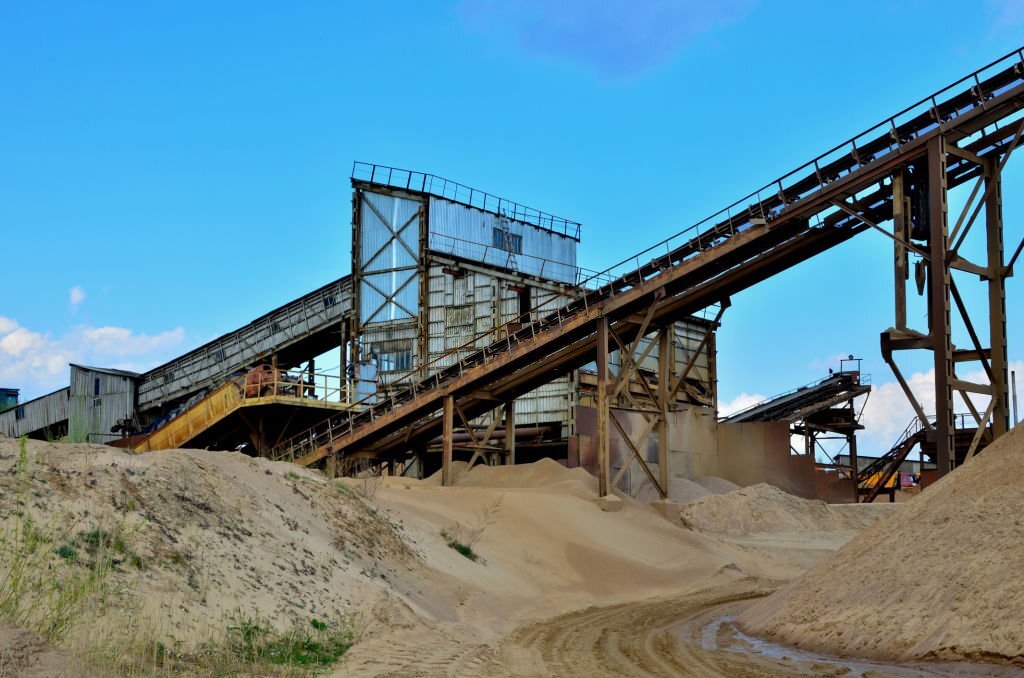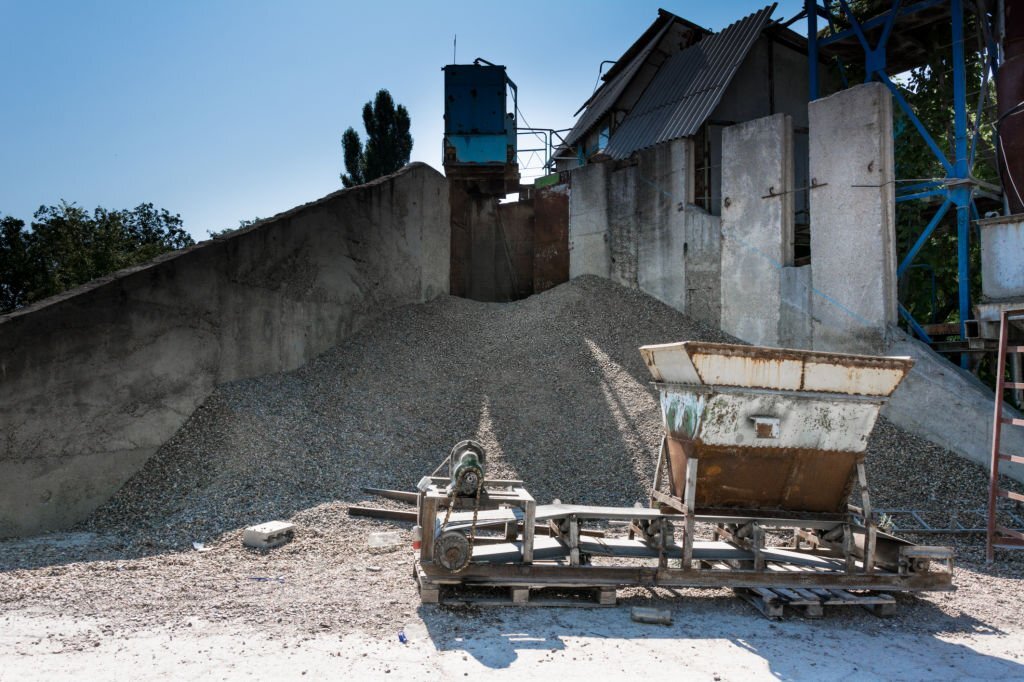
Introduction
Crushing and screening equipment, often referred to as the workhorses of various industries, play a pivotal role in modern construction, mining, and recycling processes. These robust machines are designed to reduce the size of raw materials and sort them into different fractions efficiently. In this article, we will delve into the wide-ranging applications of crushing and screening equipment and explore how they contribute to improved efficiency, quality, and sustainability across industries.
1. Construction Industry
In the construction industry, crushing and screening equipment are indispensable tools for turning raw materials like rocks, stones, and concrete into construction materials. These machines are used to produce aggregates, such as crushed stone, gravel, and sand, which are essential components in the creation of roads, buildings, and infrastructure projects. By processing materials on-site, construction companies reduce transportation costs and environmental impact, making projects more cost-effective and sustainable.

2. Mining Industry
The mining industry relies heavily on crushing and screening equipment for ore processing and mineral extraction. These machines break down large chunks of rock and ore into smaller, more manageable sizes. This not only facilitates efficient transportation but also ensures that valuable minerals are extracted with minimal waste. From coal to precious metals, the mining sector depends on crushing and screening equipment to maximize production and profitability.

3. Recycling Industry
Crushing and screening equipment are key players in the recycling industry, helping to transform waste materials into valuable resources. These machines can process various materials, including concrete, asphalt, and demolition debris, into reusable aggregates. Recycling not only reduces landfill waste but also conserves natural resources and reduces the environmental footprint of construction and demolition activities.

4. Quarrying
Quarries are dedicated facilities that extensively use crushing and screening equipment to extract and process raw materials like rock and stone. These materials are essential for various industries, including construction, manufacturing, and infrastructure development. Crushing equipment helps reduce the size of raw materials, while screening equipment classifies them into different sizes and grades, ensuring the production of high-quality products.
5. Agriculture
In the agricultural sector, crushing and screening equipment can be employed for tasks such as composting and soil preparation. These machines help break down organic materials into finer particles, making them more suitable for agricultural use. Additionally, they can be used for sorting and cleaning harvested crops, ensuring that only the highest-quality produce reaches the market.
6. Environmental Remediation
Crushing and screening equipment also find applications in environmental remediation projects. These machines are used to process contaminated soil and debris, removing pollutants and hazardous materials. By doing so, they contribute to the restoration and cleanup of contaminated sites, helping to protect the environment and public health.
7. Energy Production
Crushing and screening equipment play a role in energy production industries like biomass and biofuel production. These machines help break down organic materials such as wood, agricultural residues, and waste into biofuels or biomass feedstock for renewable energy generation, reducing our reliance on fossil fuels.
Revolutionizing Building Construction with Crushing and Screening Equipment: Industrial Applications and Safety
In the dynamic world of construction, where the demand for efficiency, safety, and quality is ever-growing, the utilization of crushing and screening equipment has become indispensable. This article explores how crushing and screening equipment have found their niche in the construction industry, improving industrial applications, enhancing construction management, and ensuring the safety of construction workers. Let’s delve into the extensive knowledge that property owners, design professionals, and construction managers can gain from these technologies.
1. Building Construction: A Transformative Journey
Large-scale construction projects are a hallmark of modern society. From skyscrapers to residential complexes, the construction industry shapes the world we live in. However, to bring these grand designs to life, construction professionals rely on a wide range of materials, each with unique properties. Crushing and screening equipment play a pivotal role in turning raw materials into building components that meet rigorous structural and aesthetic requirements.
2. Industrial Applications in Construction
The industrial applications of crushing and screening equipment in construction are vast. These machines efficiently process materials like aggregates, concrete, and bricks, ensuring consistency and quality in building materials. By automating and streamlining these processes, construction projects can save time and resources while reducing human error.
3. Enhancing Construction Management
The construction industry is notorious for its complexity, involving multiple stakeholders, tight schedules, and intricate logistics. Crushing and screening equipment, especially when equipped with remote control systems, offer construction managers greater control and real-time monitoring. This allows for better project management and the ability to respond quickly to changing conditions, ensuring projects stay on track.
4. Ensuring Safety for Construction Workers
Safety is paramount in construction, where workers face numerous hazards daily. Crushing and screening equipment, through their industrial application, reduce the need for manual labor in material processing. This not only increases efficiency but also lowers the risk of accidents, ensuring the well-being of construction workers.
5. Empowering Property Owners and Design Professionals
Property owners and design professionals benefit from extensive knowledge about the capabilities of crushing and screening equipment. By understanding the potential of these machines, they can make informed decisions regarding building design and materials selection. This knowledge empowers them to create structures that are not only aesthetically pleasing but also efficient, durable, and cost-effective.
6. The Latest Advancements in Building Design
Innovations in crushing and screening equipment have a direct impact on building design. These technologies enable the use of novel construction materials and techniques, opening up new possibilities for architects and designers to create sustainable, energy-efficient, and visually stunning buildings.
7. Ensuring Structural Integrity
Crushing and screening equipment contribute to the structural integrity of buildings by producing high-quality construction materials. The examples are abundant: from reinforced concrete to precisely sized steel beams, these machines ensure that the building’s skeleton is robust and reliable.
8. Industrial Control Systems
Crushing and screening equipment are not only about raw material processing. They are a part of a broader network of industrial control systems that manage various aspects of construction projects. These systems allow for seamless coordination of different components, ensuring that the final structure meets all safety and quality standards.
Conclusion
The applications of crushing and screening equipment span a multitude of industries, from construction and mining to recycling and agriculture. These versatile machines are essential for processing raw materials efficiently, improving product quality, and contributing to sustainability efforts. As industries continue to evolve, crushing and screening equipment will remain indispensable tools for achieving operational excellence and environmental responsibility.

